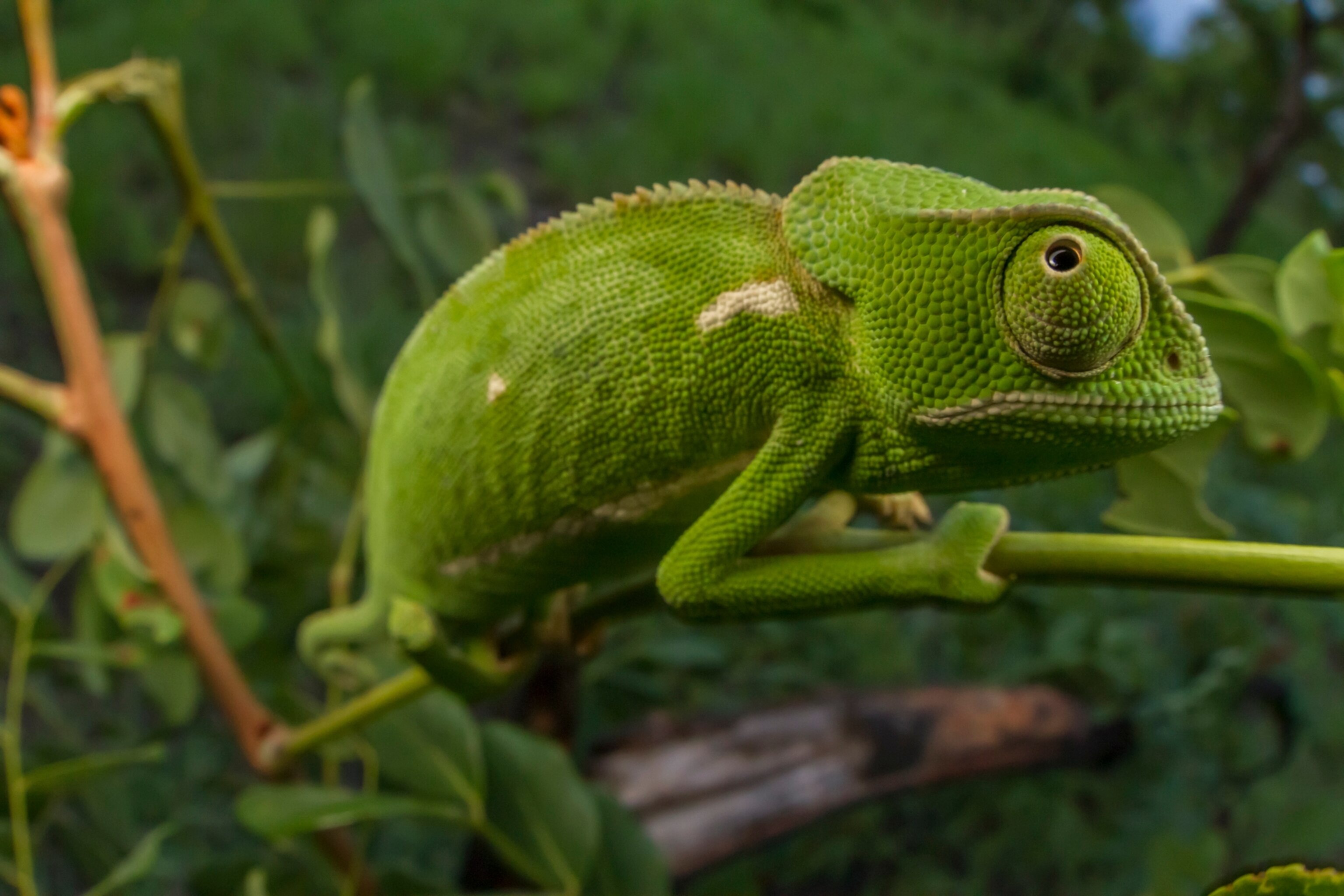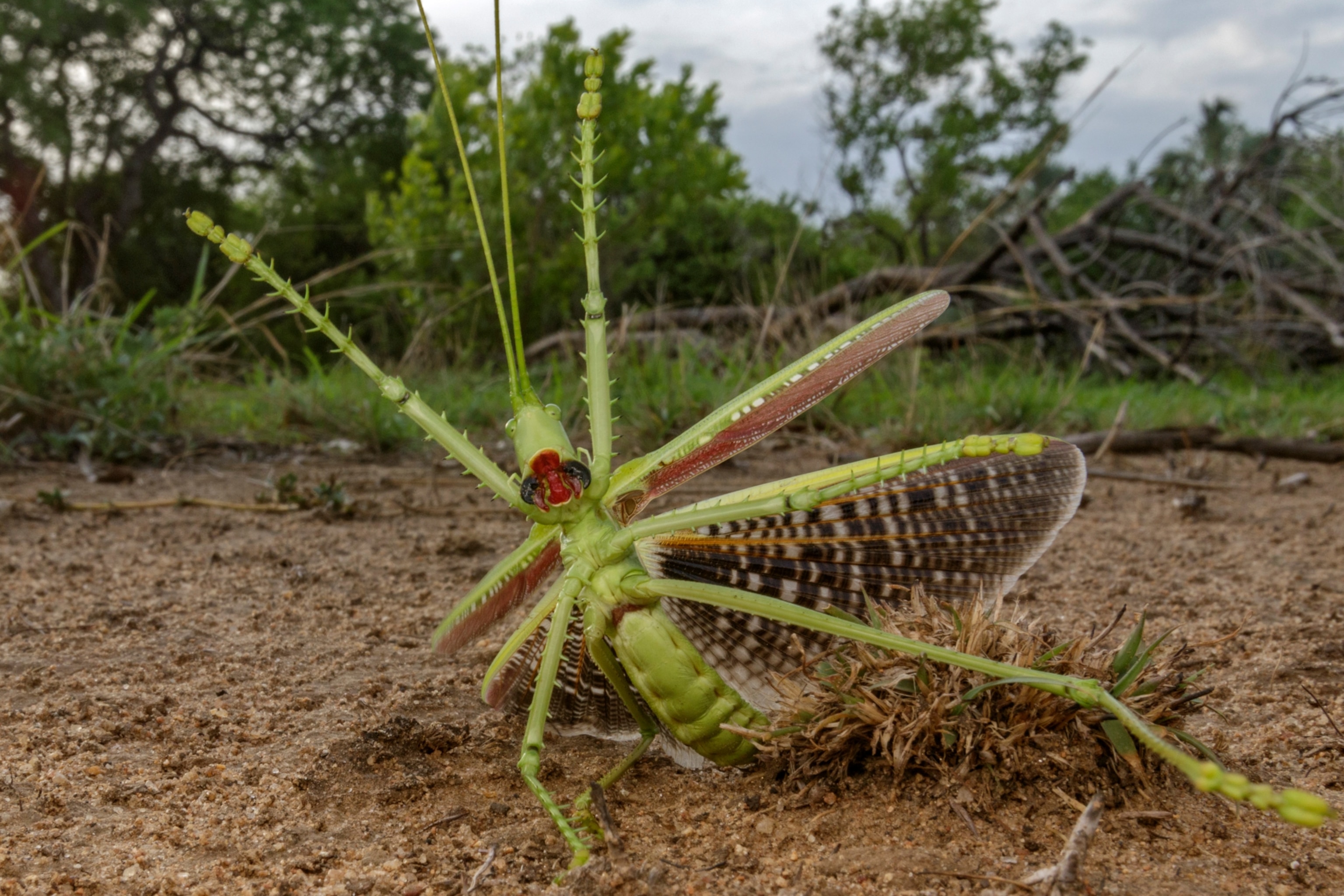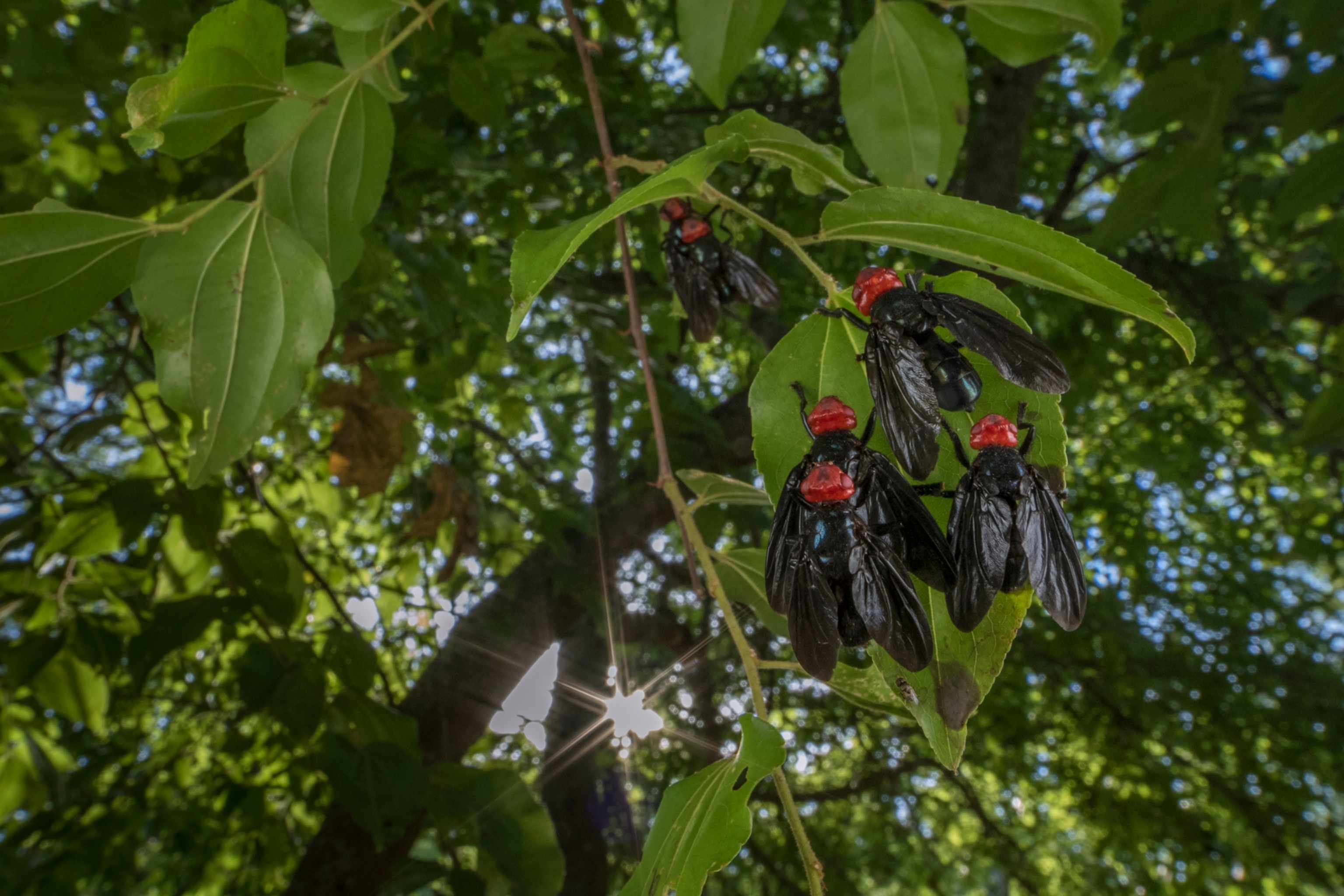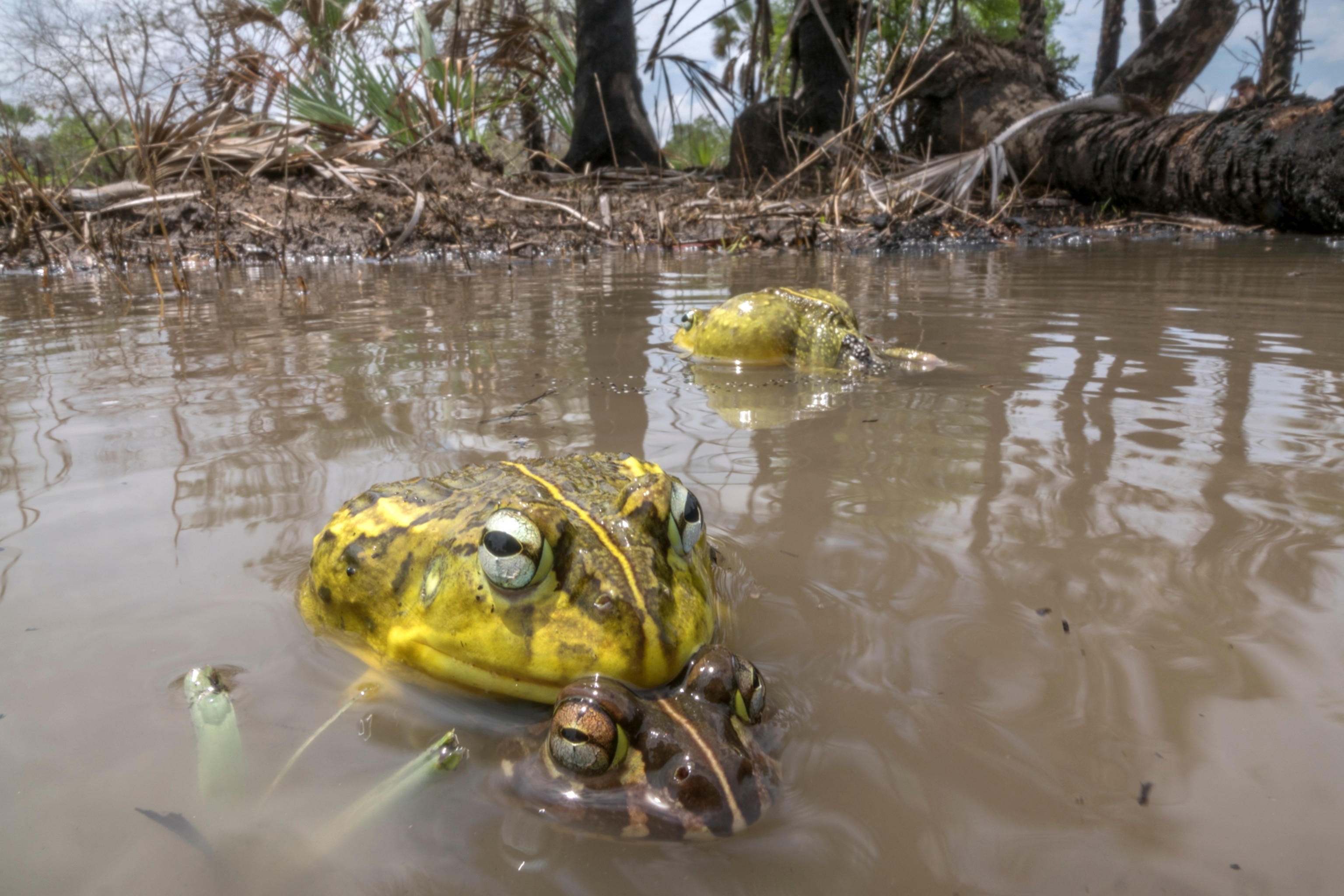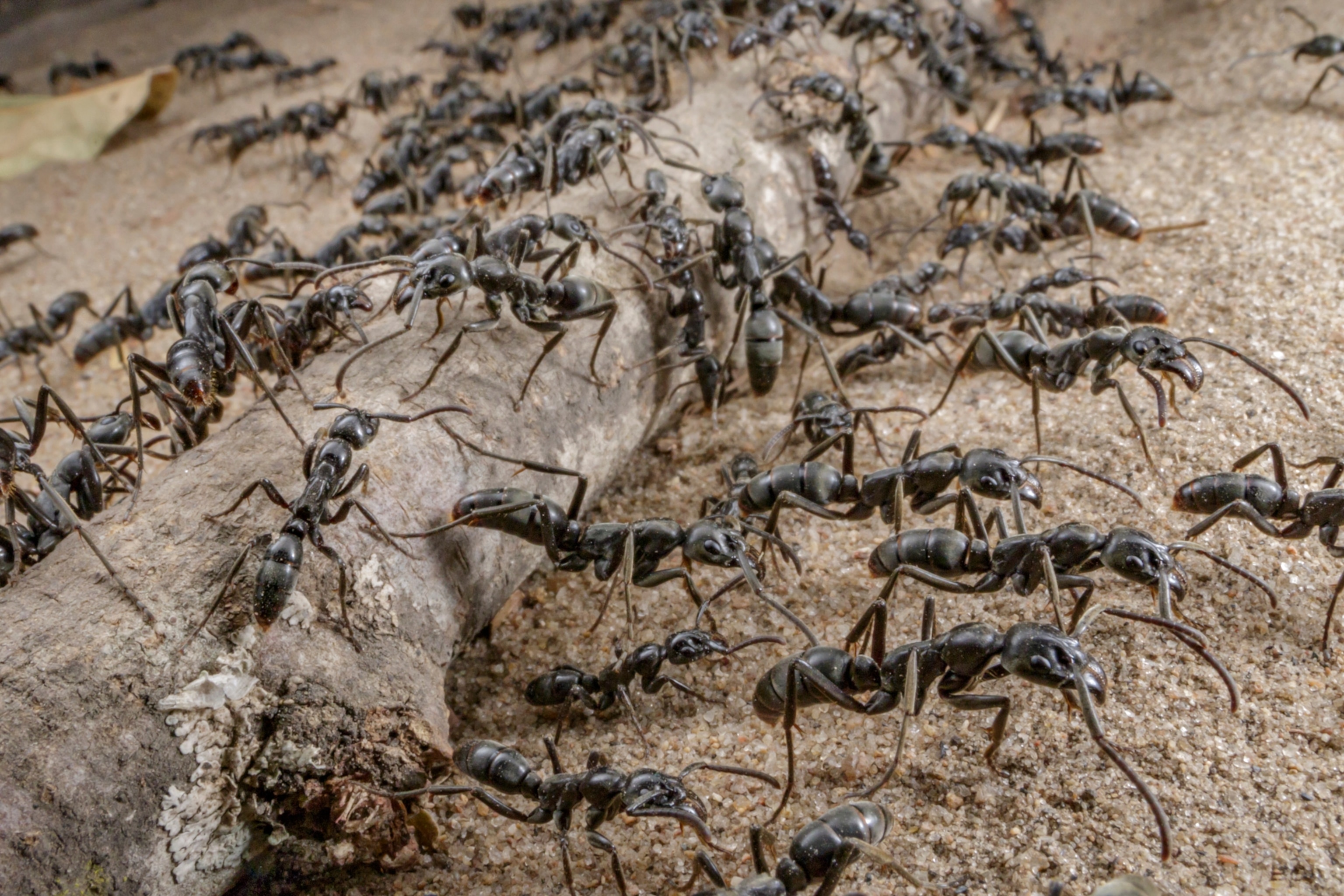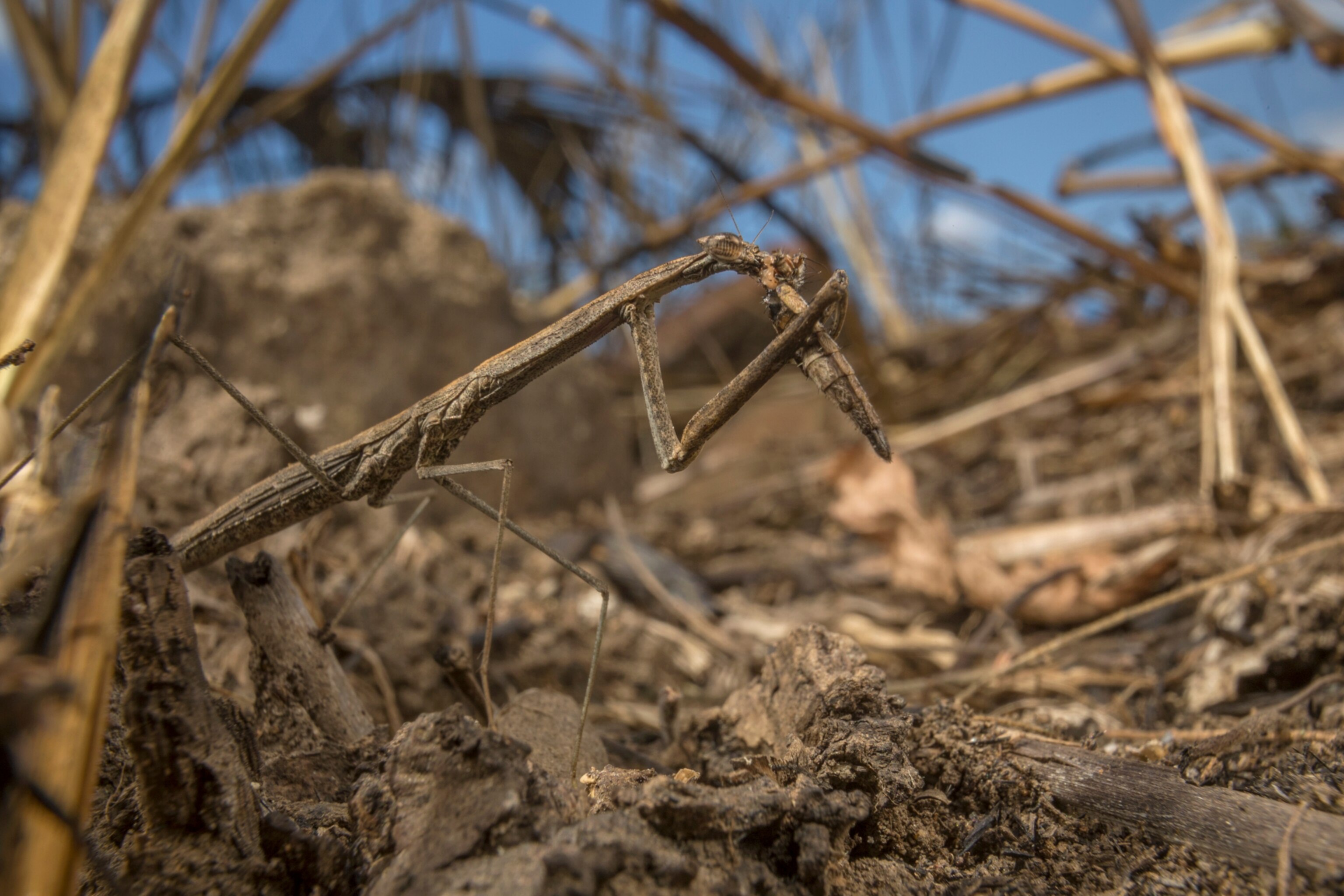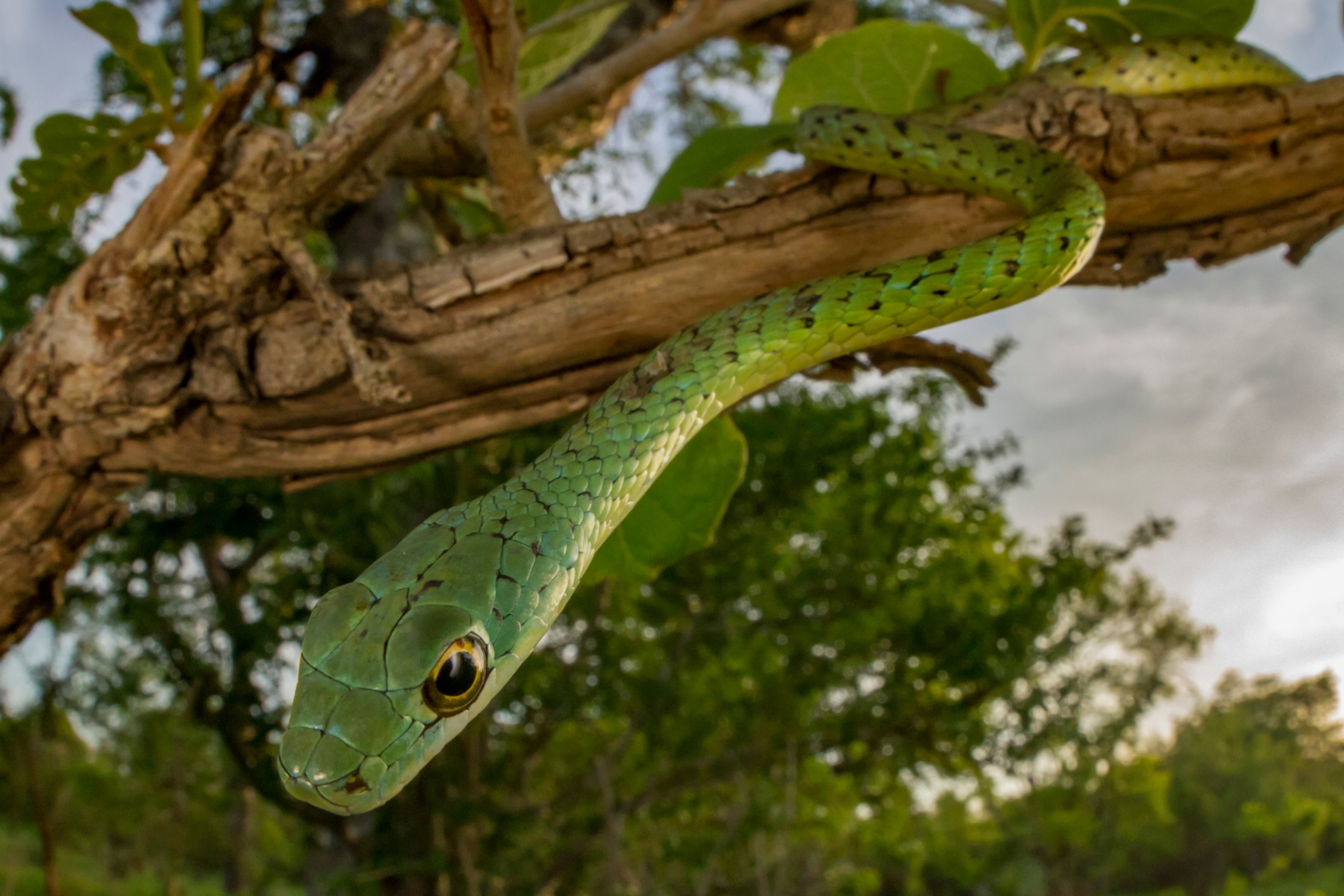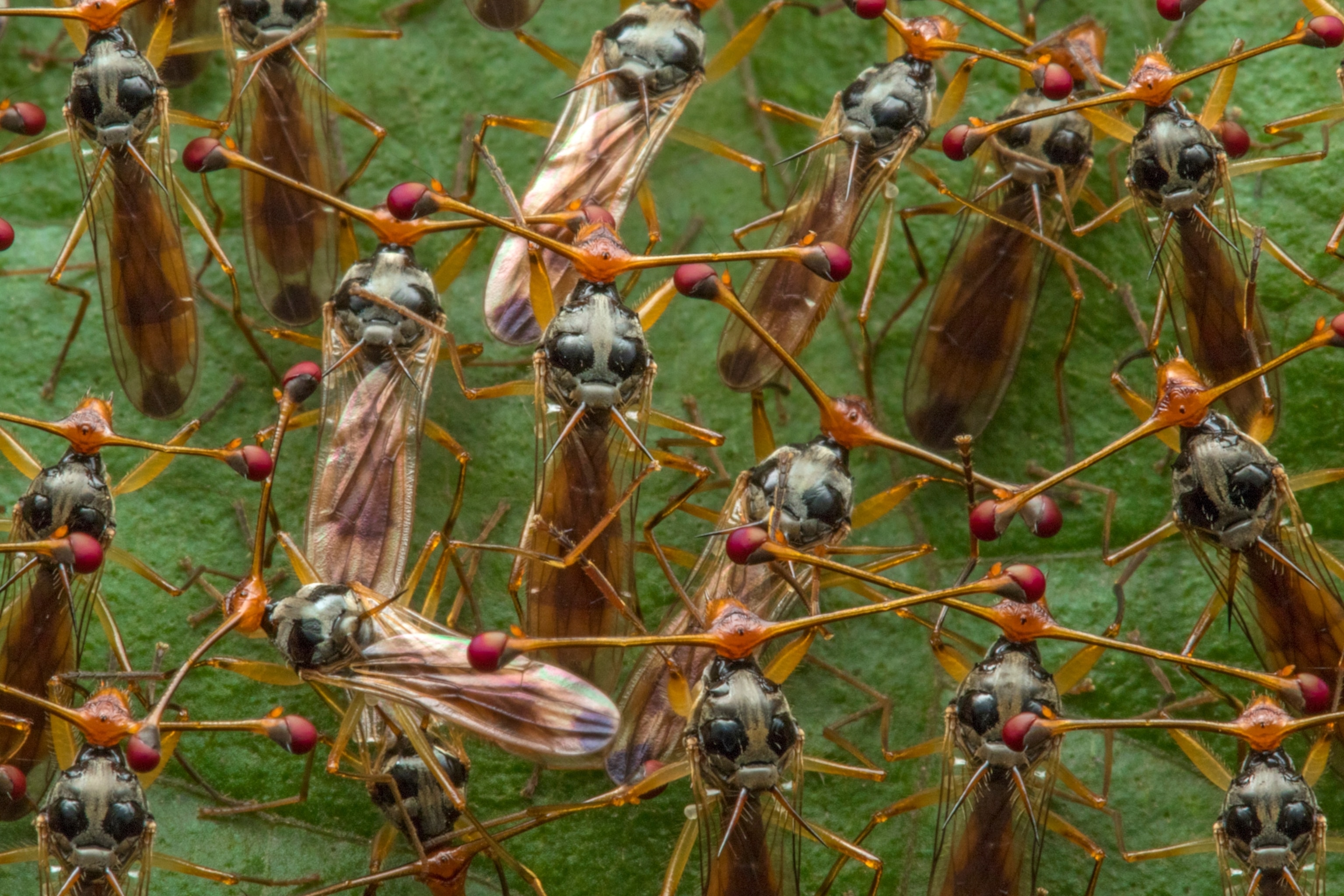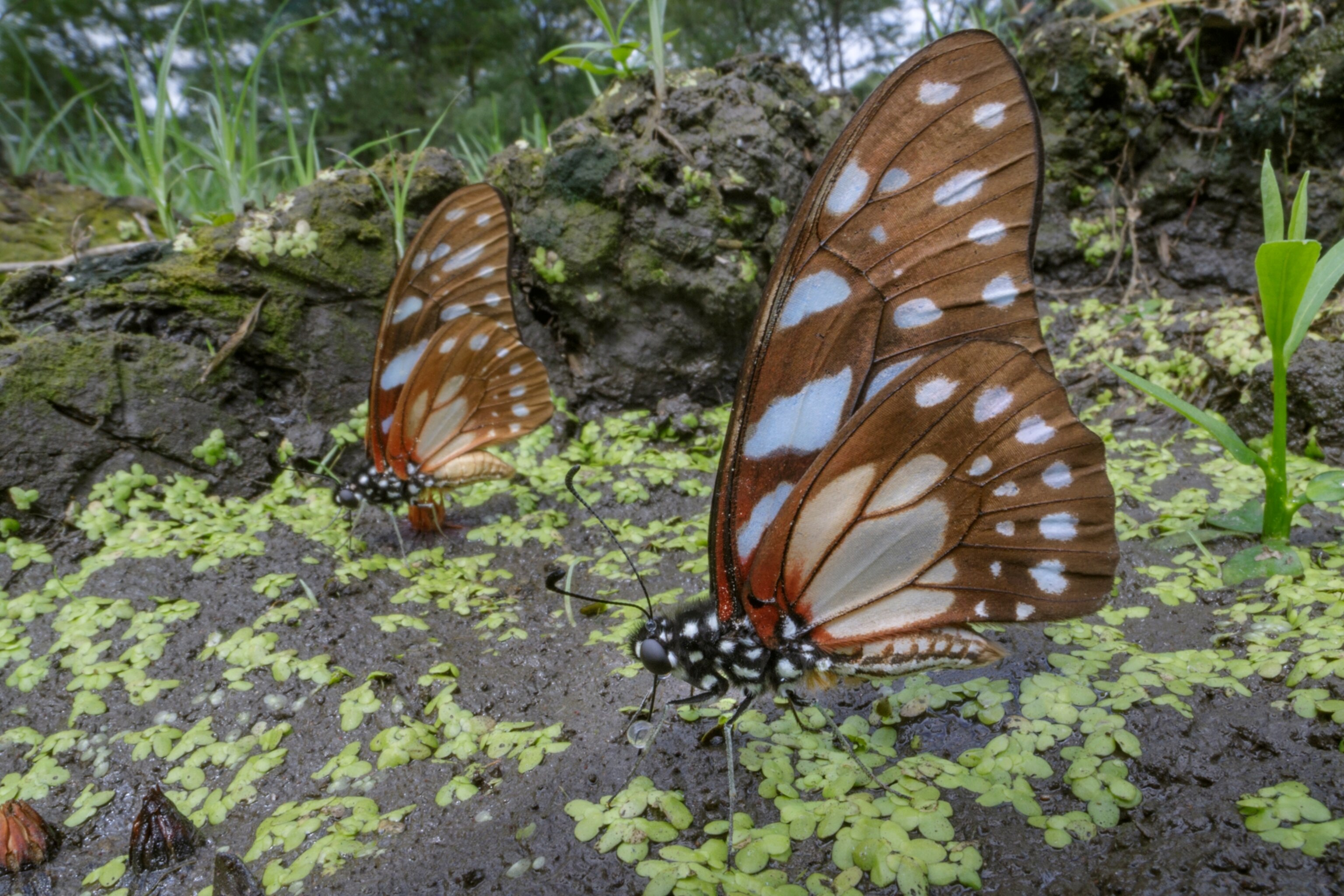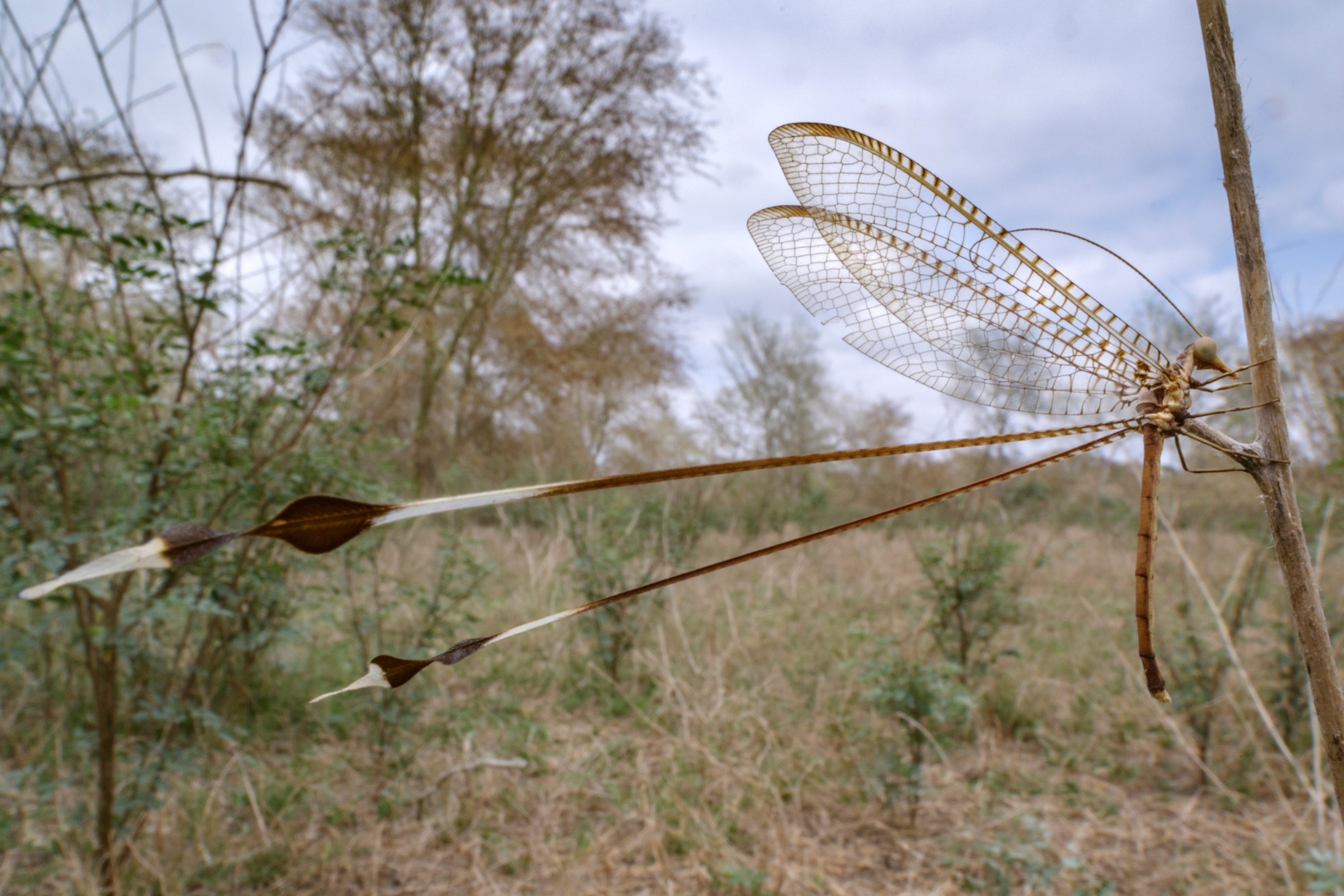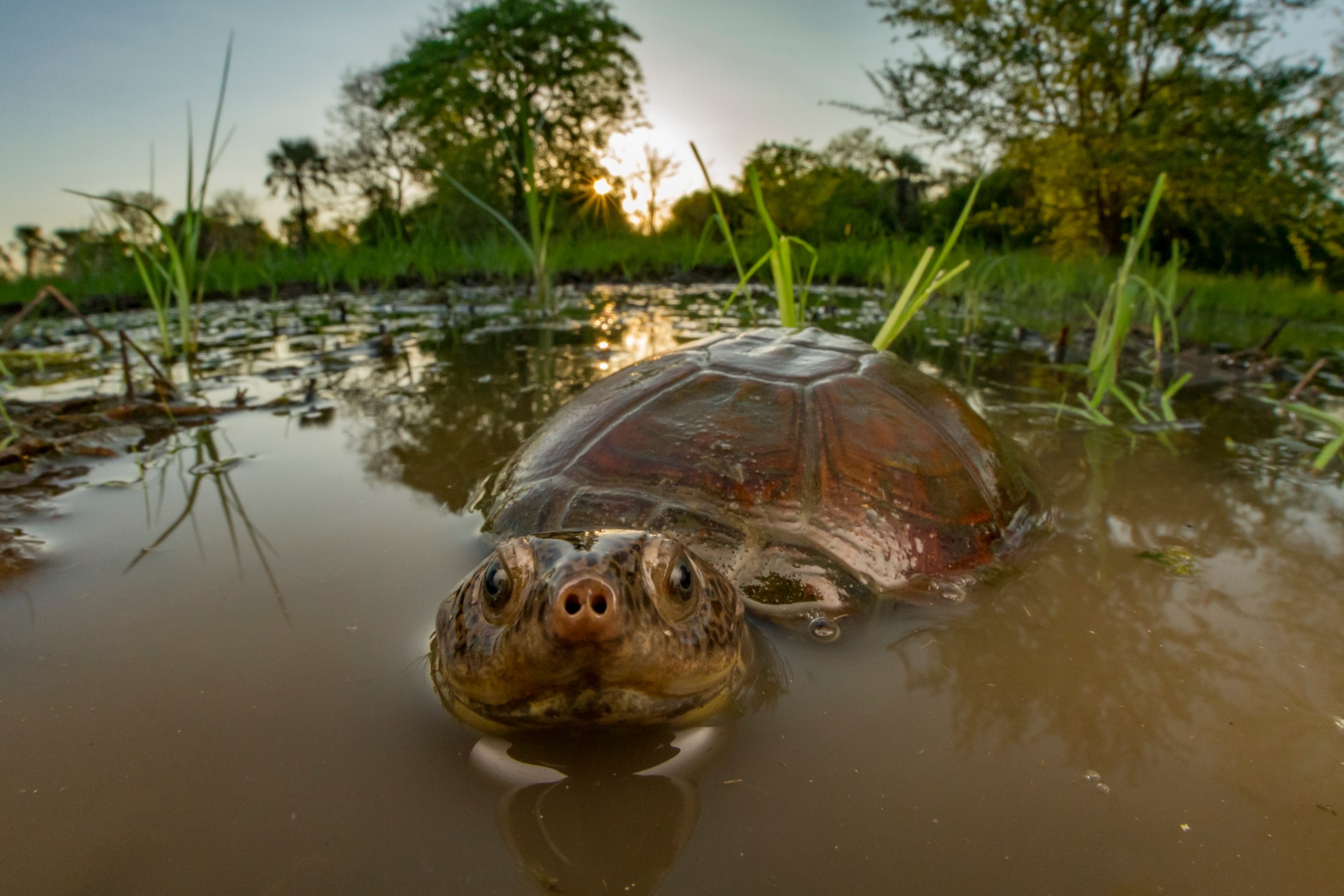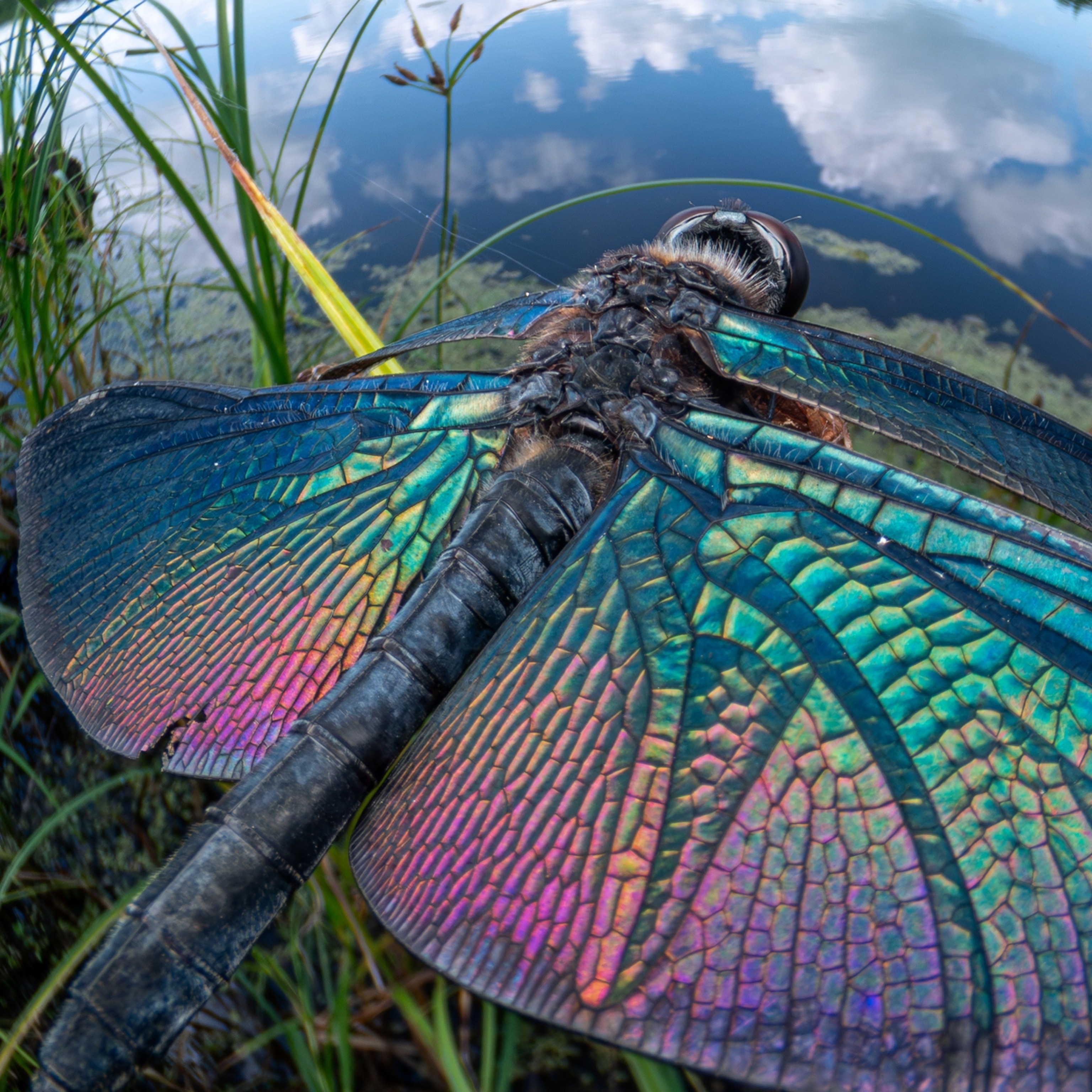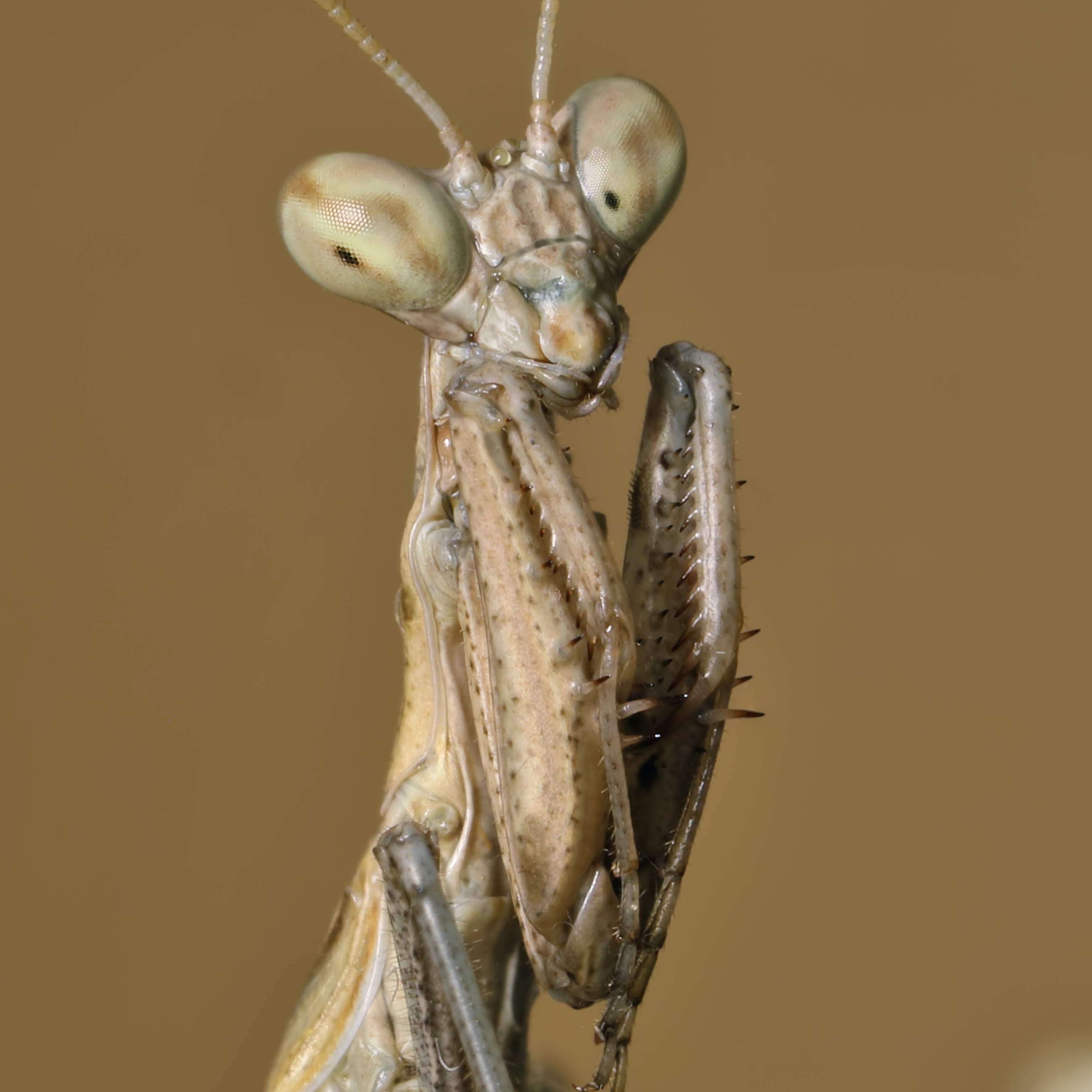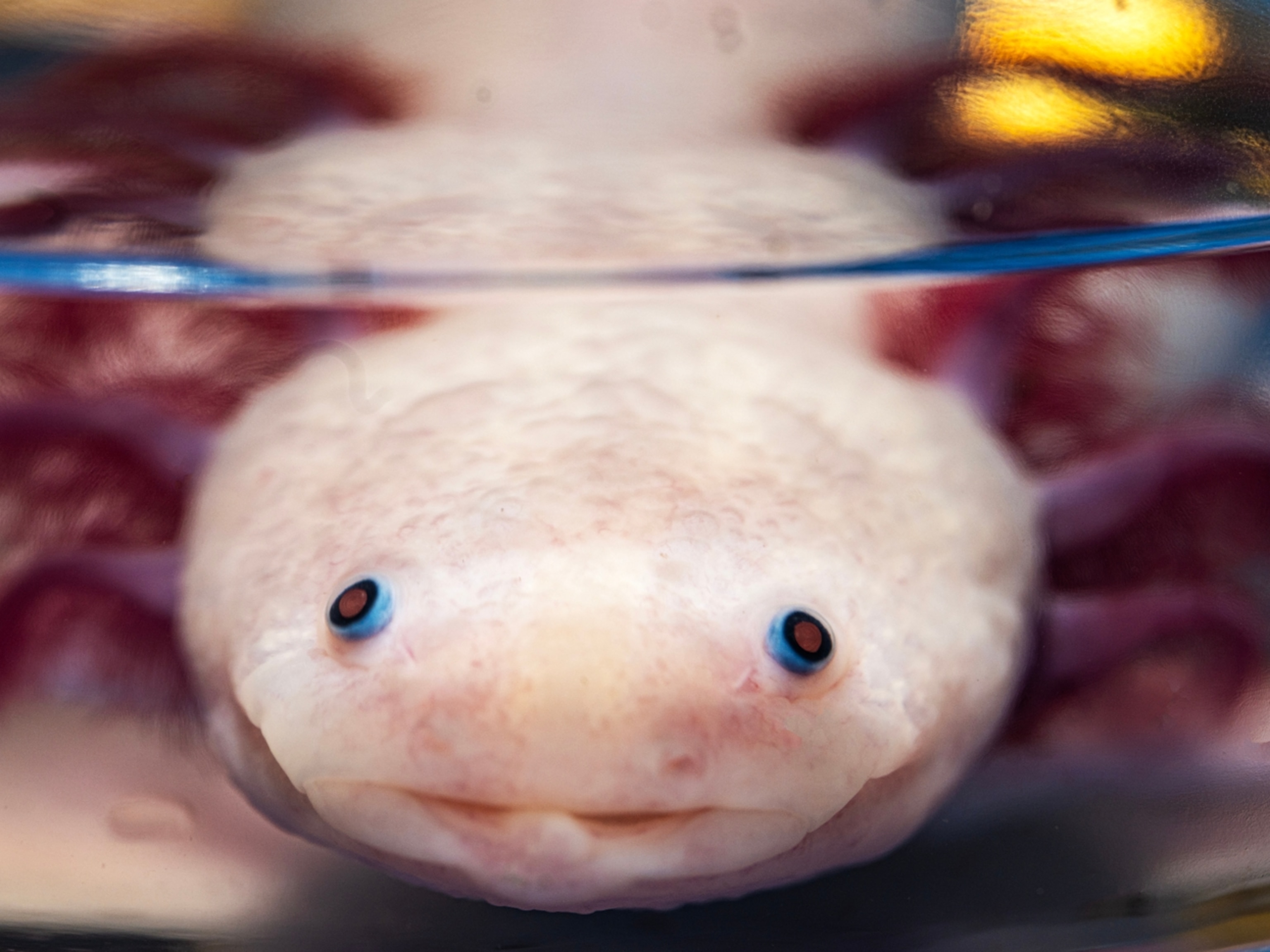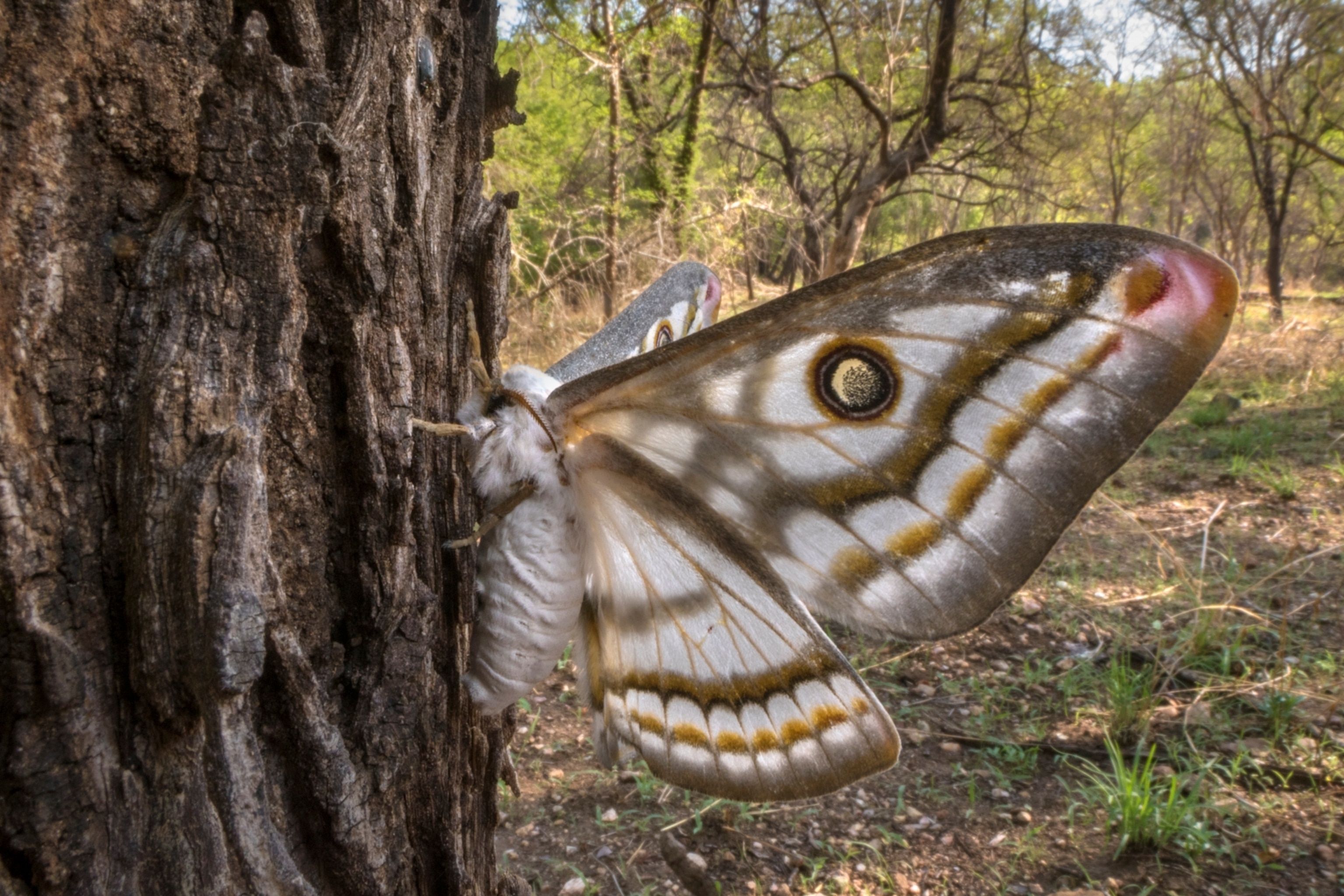
Blood-squirting insects and more tiny creatures flourish in African park
Big predators shine in Mozambique's Gorongosa National Park, but there's a diversity of reptiles, amphibians, and invertebrates, too.
The resurrection of Gorongosa National Park, after 15 years of devastation during Mozambique’s civil war, is one of the world’s great conservation success stories.
That effort, made possible by a partnership between the Mozambican government and the Gregory C. Carr Foundation, has brought a near-total end to poaching, reintroduction of some species (zebras, wild dogs) that were lost entirely, and robust population rebounds among elephants, impala, African buffalo and other iconic wildlife. (Read "How one of Africa's great parks is rebounding from war.")
As conspicuous as those large mammals are, though, they account for only a tiny fraction of the animal life in an ecosystem. Another crucial dimension of Gorongosa’s health is being measured by scientists who study the bats, birds, reptiles, amphibians, and invertebrates—insects, spiders, scorpions and that gang.
Piotr Naskrecki, a Polish-born entomologist who runs the Gorongosa lab, calls invertebrates “the smaller majority” of the animal kingdom. Several times each year, Naskrecki and a team of other experts perform multi-day surveys in the park to identify every animal and plant they can find. “The underlying principle,” he told me during a Gorongosa visit, “is that you cannot effectively protect something you don’t know exists.”
Tracking the little guys
I joined one of these surveys at a field camp within a former hunting concession called Coutada 12, recently added to Gorongosa National Park. In the hours before sunset, beyond the perimeter of our tents, everyone got busy—Naskrecki in preparing a sonic experiment to identify katydids (his specialty) by their various songs; Jen Guyton, an American ecologist (and National Geographic Explorer), setting up a mist net to catch bats, with help from two Mozambican students; another Mozambican student, along with another Polish entomologist, deploying a large white screen with a strong light behind it, for attracting moths and other nocturnal insects.
After a camp dinner of spaghetti, the night work began, and by nine p.m. Guyton had captured half a dozen bats, including two specimens of Decken’s horseshoe bat, a little-known East African species. Her particular target was another rare bat, Dobson’s pipistrelle, not seen in southern Africa for over a century until she caught one specimen during a similar survey last year. Tonight it was Decken’s in the net, no sign of Dobson’s, but the quest would continue in following days. If it were easy, it would be called shopping, not chiropterology.
Next morning we bushwhacked through the forest, following Guyton toward a sunny forest gap where, on a previous visit, she saw some strange bees—massive, black-and-white creatures, like the giant pandas of bees—gathering nectar from a flowering vine. Along the way, with Naskrecki as our all-purpose nature guide, we admired aardvark burrows, orb-weaving spiders, giant dung beetles, elaborate fungi, termites, millipedes, and some tiny ants so subtle and obscure that only Naskrecki’s mentor, Edward O. Wilson, arguably the world’s leading expert on ants (among other distinctions) and a great friend to Gorongosa, could identify them—which on a previous outing Wilson did.
Naskrecki told the tale of Wilson breaking open a small twig that others had ignored and, within its hollow stem, finding these ants. How did you do that? asked Naskrecki, then he realized his question was silly. Wilson only smiled modestly, leaving the message unspoken: I may be 85 years old, but I’m still Edward O. Wilson.
Purple lizards and other discoveries
At the forest gap, Naskrecki captured two specimens of the mammoth black-and-white bee, which he said was a new species for park records, but probably not new to science. We also sighted another strange bee, even larger, fuzzy and orange, working blossoms on the highest stretch of vine, and so elusive that not even Naskrecki could net it. This was a bee you watch through binoculars. Naskrecki vowed to come back and catch one. How? “I’ll wait.”
Returning toward camp, we found something still stranger. A column of driver ants had swarmed upon some poor creature—it looked like a night crawler—and were killing it with a thousand bites. “I think it’s an amphisbaenid,” Naskrecki exclaimed. “Holy crap.” He had told us over breakfast about that family of weird, legless, burrowing lizards, Amphisbaenidae, named for the corpse-eating serpent in Greek mythology with a head at each end.
Now he rescued this unfortunate victim, brushing away ants, rinsing them off with water, but it was too late. “He’s done for.” And then, seeing the creature more clearly, Naskrecki (whose brain is a natural history encyclopedia) refined his identification: It was a Zygaspis of some species or other, within the family. A purple round-headed worm lizard, to you and me. “This is a genus we haven’t found in Gorongosa.”
A wealth of biodiversity

Other notable finds have been made, in the year since that survey, and today Naskrecki can report a provisional tally of 5,924 known species, animals and plants, large and small, within Gorongosa National Park. It’s an ambitious start, involving camera traps (for shy mammals), sightings on the wing (birds), trap-and-release (bats), sonic recordings (bats and katydids) and field collections (small lizards and insects).
So far the effort has detected a relatively high density of leopards, aardvarks and sunis—a species of tiny antelope inhabiting thick underbrush—in the Coutada 12 forest, as well as specimens representing 236 species of butterfly and moth, just so far, with hundreds more still to be identified. Among birds, 72 species are represented within Gorongosa National Park, including the southern ground hornbill: the largest hornbill and one of the most vulnerable to extinction.
Within Naskrecki’s favorite group, those stridulating green creatures he knows as tettigoniids, which animate the lush forests of Gorongosa with thrilling, trilling song, there is also good news: Naskrecki himself has identified two new genera of katydids, and nine new species. One of the new species is a flightless behemoth, weighing as much as a shrew, and carries big spines for defense on its thorax. It will receive a Latinate species name, meaning “shooter” (chosen by Twitter vote of National Geographic followers), because it can squirt its own blood into an attacker’s eyes. As the man said: Holy crap.
